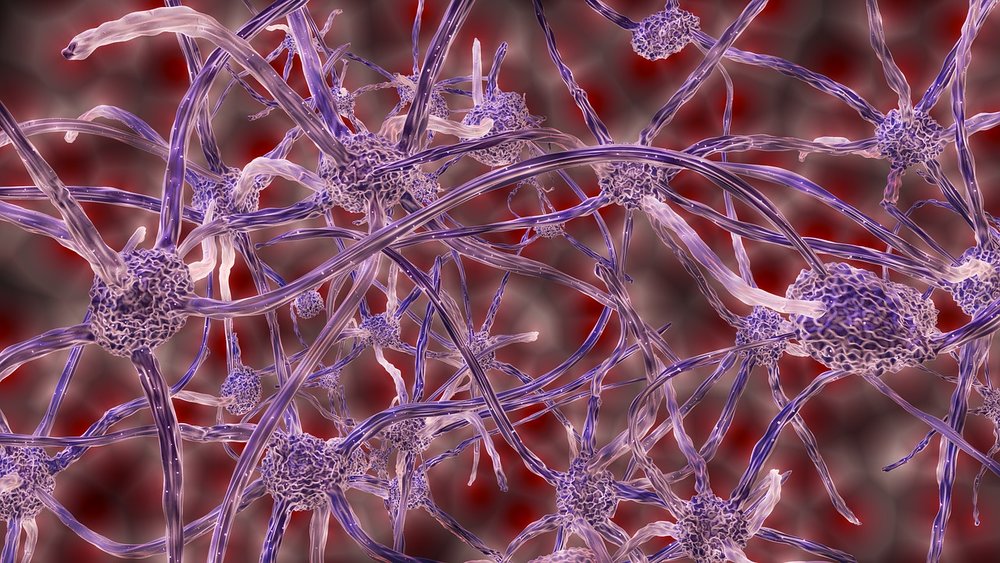Sterile, lab-raised green bottle fly larvae are used for maggot debridement therapy (MDT), most commonly for non-healing wounds, such as diabetic ulcers. Maggots promote healing by cleaning the wound, remove dead tissue, and secrete antimicrobial factors. The treatment is cost-effective and approved by the FDA. However, there is no evidence from randomized clinical trials that MDT shortens wound healing times.
Scientists at North Carolina State University have shown that genetically engineered green bottle fly (Lucilia sericata) larvae can produce and secrete a secrete human platelet-derived growth factor-BB (PDGF-BB), a molecule that helps promote cell growth and wound healing. The study is published online in BMC Biotechnology.

Maggot debridement therapy on a wound on a diabetic foot. By Alexsey Nosenko / Maggot Medicine [CC BY 3.0], via Wikimedia Commons
The second technique was more successful. Dr. Scott, the leading scientists behind this research and colleagues engineered the flies such that they only made PDGF-BB if raised on a diet that lacked the antibiotic tetracycline. PDGF-BB was made at high levels in the larvae and was found in the excretions and secretions of maggots, making the technique a potential candidate for clinical use.
According to Dr. Scott, they see this as »a proof-of-principle study for the future development of engineered L. sericata strains that express a variety of growth factors and anti-microbial peptides with the long-term aim of developing a cost-effective means for wound treatment that could save people from amputation and other harmful effects of diabetes.« This brings new hope to the vast majority of people with diabetes live in low- or middle-income countries and cannot afford expensive treatment options.
Jana Erjavec, PhD, BioSistemika LLC
Original research article: Towards next generation maggot debridement therapy: transgenicLucilia sericata larvae that produce and secrete a human growth factor, BMC Biotechnology
Original article: GEN News
Featured image courtesy: By Calibas (Own work) [Public domain], via Wikimedia Commons










